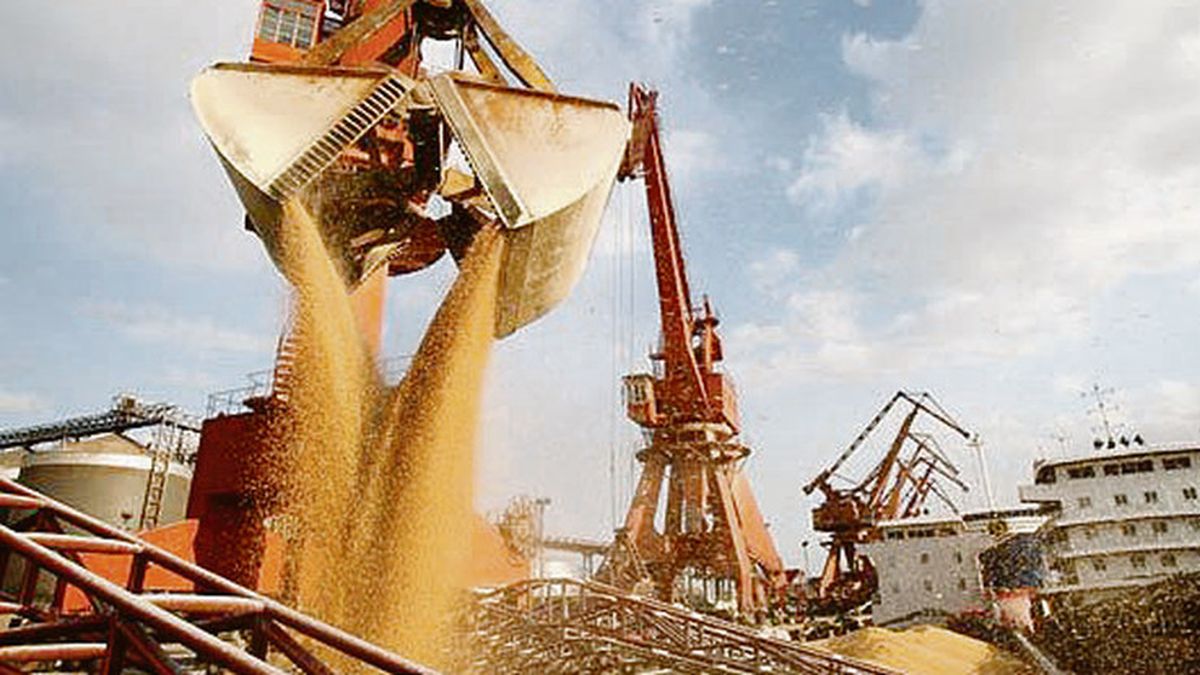The new one Asset Regularization Regime The issue of money laundering, which is provided for in Law 27743 – better known as money laundering – occupies a large part of the queries we receive daily. This is logical since, on the one hand, from our point of view it is a very friendly, flexible and above all, cheap money laundering; and, on the other hand, the global context and the Tax information exchange agreement signed between the US and Argentina makes it increasingly complicated and risky to hold undeclared assets.
From the Government’s point of view, we do not believe that it has a fiscal (collection) objective, but rather that it seeks to encourage the reactivation of economic activity, in addition to increasing the Central Bank’s reserves. In fact, if we analyze it in detail – given the advantages that we will list later – it even has an important fiscal benefit for those who adhere to this new tax whitewash.
It is difficult to estimate the degree of adhesion that this money laundering will have, but due to the interest perceived among the main tax studies and different references of the financial market, it is estimated that some 100 million euros could be received through this new money laundering. US$ 35,000/40,000 million (ceiling calculated by the IMF).
A result that is lower than that obtained in 2016, but which we understand to be logical (given the situation and history), and as we said, should generate a positive impact both on the recovery of the level of economic activity, on tax collection and on the level of reserves.
That said, here are some points that help us explain why, as the details become known through money laundering regulations, more and more people find it interesting to participate:
1) Low fiscal cost
There are different stages, but in the first one, which ends on September 30, the “penalty” is only 5% if the amount to be laundered exceeds US$100,000. Below that amount, considered a “deductible”, the tax is 0%.
An important fact, on the other hand, is that this first stage is the only one in which cash can be laundered, which receives special treatment. For example, if it is less than USD 100,000, it can be “used” without penalty and without limitation starting 10/1/2024.
On the other hand, if the amount of laundered cash exceeds US$ 100,000, it can be used to carry out “authorized” operations, and the USD can even be transferred to other special money laundering accounts from that date.
2) Wide investment universe to avoid paying the “penalty”
For those who launder other assets for amounts greater than US$ 100,000 (investment accounts abroad or money deposited abroad), the range of assets eligible to avoid the tax (only in the first stage) is important and diverse. It includes public securities, ONs, Shares, Bopreales, Deferred Payment Checks and Promissory Notes, special types of FCI shares (which can be invested in the country and/or in the region). Also, and leaving the financial aspect, it is possible to invest in certain real estate projects that meet certain specific characteristics.
To access the benefit and not pay the penalty, you must remain within this universe of eligible assets until 31/12/2025. Beyond this, anyone who wants to make any other investment or use these funds may do so without restriction, paying the corresponding 5% penalty.
3) Flexibility to make laundered assets yield profit
In addition to the options mentioned above, it is important to understand that investors will be able to change assets – within the permitted alternatives – as long as they do so within the special accounts created for this purpose, called CERA accounts in banks, and CCERA in ALYCs.
In other words, active management (your own or your advisor’s) will allow you to obtain an income from this laundered wealth, always respecting the profile and objective of each client.
The corresponding tax will only be withheld in the event of “moving” outside of these special accounts and/or to assets not included (such as, among them, Cedears).
4) Tax benefits. “Fiscal plug”
By regularizing undeclared assets and property until December 31, 2023, certain tax obligations will be forgiven and future audits on the past will be avoided – although it is important to know that there are certain conditions and/or limitations.
For example, if the AFIP detects undeclared assets as of 31.12.2023 that exceed 10% of the total value of the laundered assets, the tax cap will be lost, but not the benefits already granted on the laundered assets.
5) Advance payment option
Advance payment option for the Income Tax Personal Property for 5 years (2023 to 2027) and fiscal stability until 2038. Along with the money laundering, the norm established the possibility of making an early cancellation of this tax, through which, those who adhere to said regime, access a significant benefit which is fiscal stability until the year 2038, period in which the national state will not be able to increase the tax burden. An important point that we also always consider appropriate to analyze with a tax advisor.
On the other hand, as regards the process itself, the standard establishes different stages and deadlines. Declaration of Adhesion and Initial Paymentwhich marks the stage at which the regime was entered, has 3 sections: The first one ends on 09/30, the second one ends on 12/31 and the last one on 3/31/25.
The DDJJ that determines the identification, valuation and support of the assets to be declared must also be submitted. The latter, always considering the “franchise” of US$ 100,000 at 0% (this is addition to the laundering of cash for an amount less than US$ 100,000). Finally, the Special Accounts for Asset Regularizationcan be opened in banks and ALYCs 100% online, making the entire process easier.
In fact, at PPI our financial advisors will accompany and advise those who wish to participate in this new money laundering process, in the preparation of their investment portfolio for the laundered assets, and in the monitoring of said investments, seeking the best investment strategy at all times.
Source: Ambito
David William is a talented author who has made a name for himself in the world of writing. He is a professional author who writes on a wide range of topics, from general interest to opinion news. David is currently working as a writer at 24 hours worlds where he brings his unique perspective and in-depth research to his articles, making them both informative and engaging.




